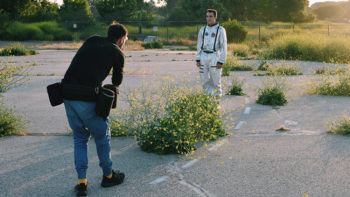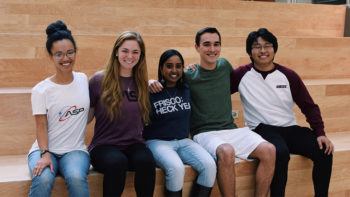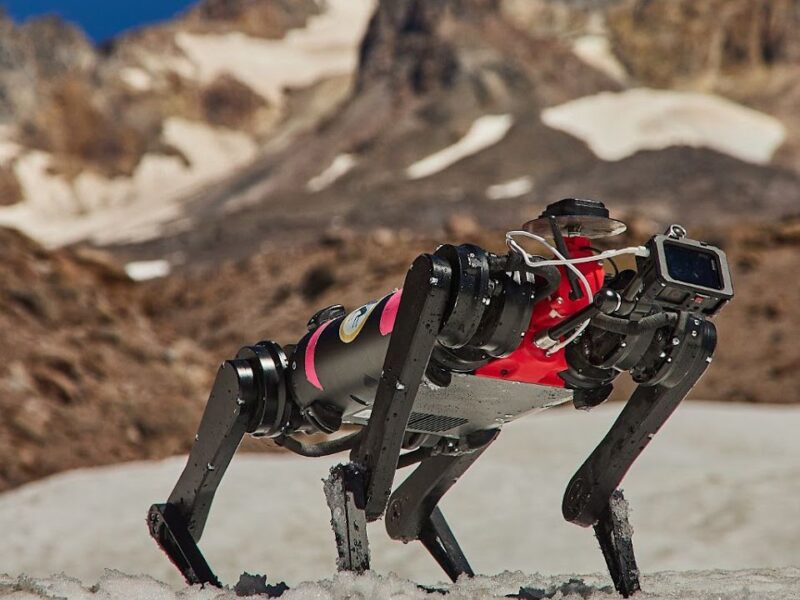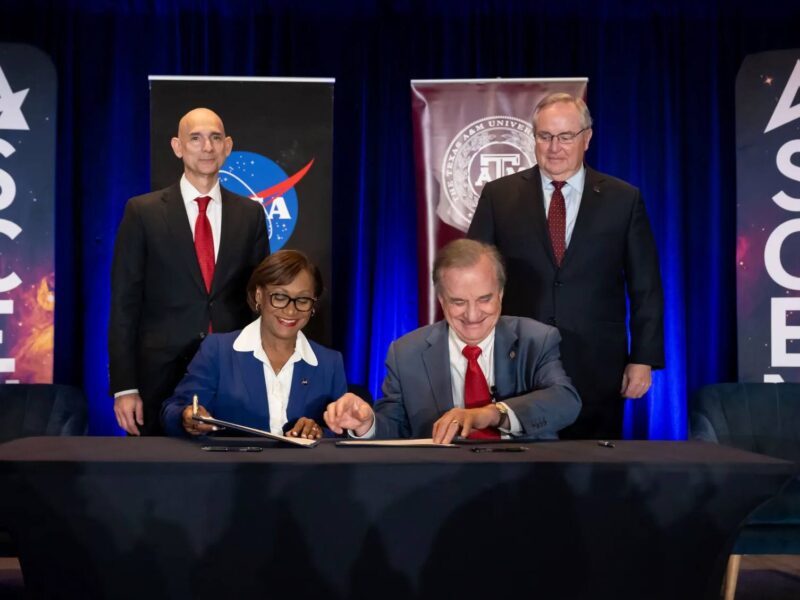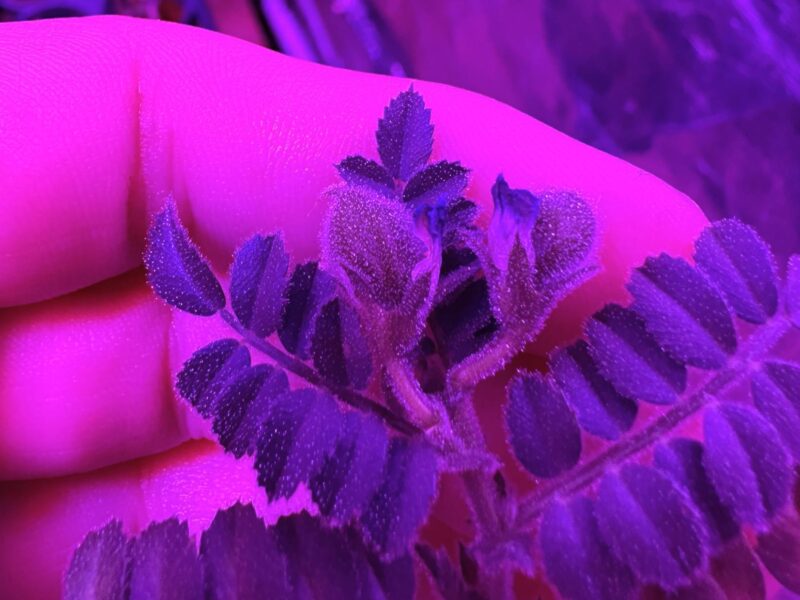Summer Vacation On Mars
Five Aggies kicked off their summer with a trip to “Mars,” a simulation program of extraterrestrial operations and research, offered through Mars Academy USA (MAU). Engineering and science students from Texas A&M’s Students for the Exploration and Development of Space (TAMU SEDS) lived in confinement and isolation in a habitat situated in Soledad Canyon, California to conduct research that will aid in propelling our species toward life on the red planet.
MAU missions are fully immersive “in-person” real-time simulations. Crew teams live, work and collaborate together during the mission. Participants engage in various training activities, work together on scientific projects, and engage in experiential learning with technologies such as 3D printing, telemedicine, UAVs and robotics.
Space is the final frontier, and as the human spirit of exploration leads us to pursue the unknown, the next big step will be onto the surface of Mars. Martian exploration presents an entirely new set of obstacles to overcome in various domains; propulsion, landing, construction, in-situ resource utilization, human physiology, psychology and more. Opportunities to test Mars concepts in space can be extremely limited and costly, and with challenges so multifaceted and complex ahead of us, industry, government and academia are in need of an alternative proving ground.
Studying groups living in extreme conditions on Earth has been providing insights for over 60 years as to how humans will behave in challenging environments such as Mars. Scientists have examined ‘real’ scenarios – arctic expeditions, submarines and Antarctic habitats – as well as controlled chamber studies. There has been a recent push for hybrid analogs that join the investigation of actual environmental threat and physical hardship with intensive isolation, confinement and experimental control. MAU facilitates analog Mars missions such as this, where a portable habitat can be deployed in harsh environments that replicate Mars conditions in some key aspects.
MAU Crew 1123 is comprised of Texas A&M students and graduates of varied backgrounds and career interests. Makiah Eustice, a graduated senior in aerospace engineering and Brooke Owens Fellowship alumna, lead the crew as commander. She was president of TAMU SEDS this past year, developed Aggie Astronaut Corps and spearheaded the partnership with MAU. “I always wanted to find ways to contribute and get involved in the industry. When I didn’t find the opportunities, I made them myself,” Eustice said. She has previous experience with analog missions from her participation at Mars Desert Research Station in 2018.
She was assisted by executive officer/biomedical officer Matthew Edge, a sophomore engineering student who was thrilled to get a taste of the Red Planet. His crewmates shared this enthusiasm.
“All kids from a young age dream of becoming an astronaut one day. For me, this analog mission is the closest thing to my adventurous dream. Every second is filled with excitement,” said Ryunosuke Fujii. Fujii is a sophomore focused on aerospace engineering and an astrophysics minor who served as crew engineer. He applied the knowledge he gained in his engineering classes and past experiences in engineering teams to interact with and manipulate professional equipment such as facial recognition drones and modular 3D printers.
Lindsay Stapleton, a sophomore engineering student interested in aerospace, acted as health safety officer and crew journalist. “Space physiology is my passion, and this mission is an amazing opportunity to investigate the psychological effects of confinement and isolation,” said Stapleton. “I am so thrilled to be experiencing life on Mars and to be directing Aggie Astronaut Corps in the upcoming school year.”
Neha Baskar, a second-year biochemistry student with a minor in geology, served as crew scientist and geologist. Baskar is currently an undergraduate researcher in Dr. Ryan Ewing’s Aeolian Lab, with hopes of becoming an astrobiologist one day. “Since I was a young girl, I’ve dreamed of becoming an astrobiologist and eventually going to Mars,” she said. “This analog mission provides me with the opportunity to do geological field work and I truly believe that this analog mission will be the first step to fulfilling my dream of becoming an astrobiologist/astronaut.”
The crew was supported by Ksenia Benifand MDesign, a Canadian MAU alumni and analog astronaut trainer. She is a human-centered designer, futurist and social researcher, passionate about building resilient communities and authentic human networks to create a healthy, equitable, empathy-driven and sustainable future. She is interested in developing virtual reality/augmented reality astronaut trainings and is currently on an XPrize team developing modular robotic network systems that incorporate artificial intelligence. Dr. Susan Ip-Jewell, founder of Mars Academy USA, provided remote support and oversaw the mission.
On mission, the crew engaged in geological and medical extravehicular activities, drone operations, telesurgery, virtual reality conflict resolution, 3D printing and more. Baskar and Eustice conducted their own studies on geological samples and nonverbal communication. External studies were performed on the crew; their nutrition, biometrics, mental health and task completion were monitored daily. The Aggies were ecstatic to join the ranks of analog astronauts who have made a concrete contribution to Mars science, and to share their experiences with the Texas A&M community.
TAMU SEDS seeks to connect students from varied backgrounds interested in space with industry, opportunities and their like-minded peers. In alignment with its mission, TAMU SEDS has developed a program called Aggie Astronaut Corps (AAC) to make human spaceflight education and experiences such as MAU available to and affordable for Texas A&M students.
Aggie Astronaut Corps is a program open to all Texas A&M students. Anyone interested in participating in the program during the upcoming school year can contact Stapleton. Visit here for more information on Mars Academy USA.
